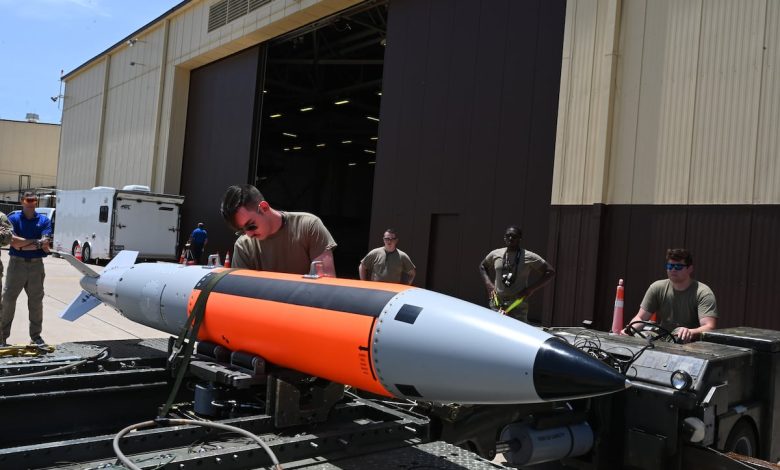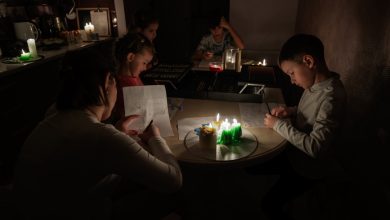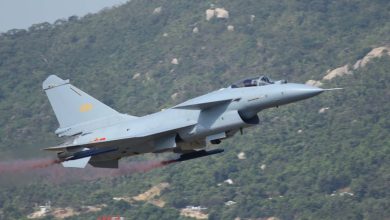For nuclear deterrence, US policymakers must rely on facts, not hype

Washington finds itself in another season of hearings related to nuclear weapons, as Congressional leaders consider approving new defense appointees, negotiate the federal budget and hold annual hearings with military leaders.
Such hearings are important, especially from a strategic perspective. Maintaining deterrence requires clear-eyed assessments of our own nuclear and conventional weapons, their doctrines for use, the health of the enterprise that operates them and the trade-offs inherent in all defense investments. This challenging work requires that policymakers plan against facts and best judgments, and avoid being distracted by misleading claims regarding the U.S. nuclear arsenal and those of other nations. Three chief narrative claims threaten to send Washington down costly, inefficient and indeed risky policy paths today.
The first theme, which seemingly reemerges each year, is that U.S. nuclear weapons are ancient, and that this necessitates urgent action.
This is true — Many U.S. nuclear weapons and their delivery systems are quite old. In these critical debates, this is sometimes portrayed as a new realization, and a problem for which the U.S. isn’t yet pursuing solutions.
In fact, this is a long-recognized challenge that the nation has been tackling with concerted action for years. At sites in Texas, Missouri, New Mexico, California and elsewhere, scientists, technicians and manufacturers are executing an expansive modernization of all three legs of the nuclear triad, to the tune of at least $1.7 trillion. The nation has been pursuing these plans for many years — long enough, in fact, that the real needs and costs of nuclear modernization become clearer each year.
Second, policymakers will hear a rising chorus claiming that the U.S. does not have tactical nuclear weapons — or that we need even more. Both assertions are misleading, and several facts must remain central to any renewed policy debate on this subject.
Just this January, the National Nuclear Security Administration announced that production is complete for upgraded B61-12 nuclear gravity bombs, which have the ability to be used with heightened precision and lower explosive yields, enabling tactical utility. The head of the agency publicly declared that they are “fully forward deployed.”
That’s not all. During the first Trump administration, the U.S. quickly developed and fielded a low-yield variant of submarine-launched Trident II missiles. Additionally, development and testing continue for a new long-range standoff nuclear air-launched cruise missile, with the aim of it becoming operable by 2030.
Washington pursued each of these nuclear capabilities with scenarios in mind that included adversaries using tactical nuclear weapons in conflict, and the need for the nation to have multiple types of response options available.
The U.S. had — and chose to reduce — tactical nuclear weapons in the past, decisions that stemmed from deep military analysis, as well as knowledge of the operational, budgetary and weapons-capability trade-offs the military faced. These decisions also tied to the emergence and improvement of other technologies, including stealth, precision conventional weapons and the growth centrality of space in defense strategy and operations. These factors are only growing in importance in considering what nuclear capabilities are necessary for effective deterrence.
Third, making hard decisions regarding U.S. investments toward deterrence requires the most precise accounting of the nuclear capabilities of countries like China and Russia that we can achieve — and measured consideration of how to handle any knowledge gaps we have.
For example, some experts portray as a proven fact that China has nuclear weapons that are at serious risk of being fielded as tactical, battlefield weapons in conflict. This is not a settled fact, and it is a matter of hot debate. China has long avoided developing some types of nuclear weapons, such as those delivered by tactical cruise missiles. Its doctrine historically considered nuclear weapons to be solely strategic, and held firm to the concept that use of nuclear weapons was beyond the normal threshold for acceptable combat. And indeed, some of its recent actions raise concerns about whether the nation’s leaders have altered course.
Still, no one in the U.S. concretely knows the answer to this or other questions about China’s nuclear capabilities and concepts of use. It will likely take the type of dialogues that President Trump has proposed, as well as sustained technical and political engagement at all levels, to gain clarity. Until that happens, in the name of maintaining deterrence, policymakers should be careful to discern what we know and what remains unclear in our knowledge of these nations’ nuclear capabilities.
Our nation’s leaders face tough questions about how to keep deterrence stable and effective in an extraordinarily complex security environment. It will indeed require modernizing parts of the nuclear arsenal. However, the more-is-better style of arms racing that the U.S. and Soviet Union pursued in the Cold War is not a fit for modern strategy. Initiating plans for nuclear weapons that exceed our capacity to build or maintain them does nothing to enhance deterrence and may risk strategic miscommunication.
With this in mind, the nation can also benefit from the fact that we stand at a moment of strong, bipartisan agreement on numerous policy paths that aim to keep deterrence as effective as possible.
For example, there is broad agreement that the U.S. should pursue defense acquisition reform and seek to out-innovate adversarial nations, both subjects for which Trump recently signed executive orders. The nation’s nuclear weapons plans and policies should not be exempt from these important pursuits or the trade-offs they will entail.
Second, there is significant agreement that the U.S. needs to invest more in its science, technology and industrial base that keeps the nuclear deterrent strong and secure. This must be adequately reflected in forthcoming budgets that support the national laboratories, the Department of Energy, the National Nuclear Security Administration and other relevant infrastructure.
Third, most experts agree on the need to be creative in how we pursue deterrence, across nuclear and non-nuclear domains. Though some experts focus heavily on building more nuclear weapons as the primary answer, many of us agree that we should first maximize other approaches to complicating the decision-making of adversaries in ways that keep them back from the nuclear brink. This should include creative approaches to signaling U.S. capabilities and determination (including technical and strategic capabilities other than weapons systems), sharp messaging from senior leaders, and showcasing dedication to long-standing military alliances.
While there is much work to do, we are already fifteen years into the implementation of a bipartisan program of record for a U.S. nuclear arsenal that is safe, secure and effective. By pursuing that program and the priorities noted above, our deterrent will remain second to none.
Hon. Andy Weber is a senior fellow at the Council on Strategic Risks and previously served as assistant secretary of defense for nuclear, chemical and biological defense programs.
Christine Parthemore is the CEO of the Council on Strategic Risks and previously served at the Pentagon.







